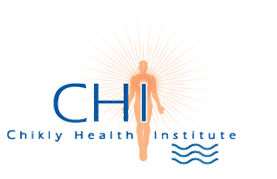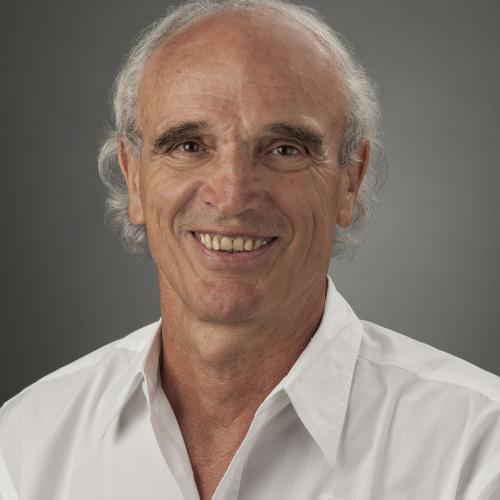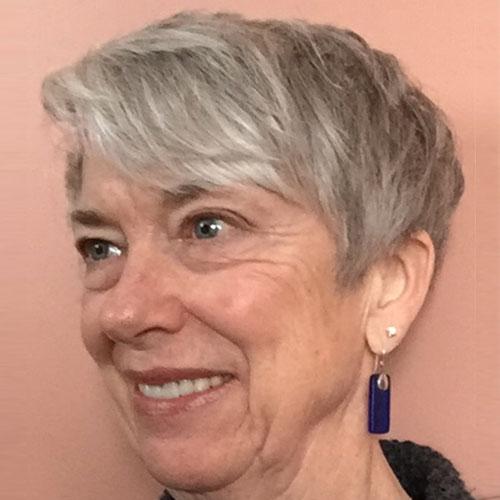Lymph Drainage Therapy Achieves Mini Face-Lifting Effects, Mya Breman, L.C.S.W., L.M.T., CST-D, Conference Feature Presentation, 2007
Lymph Drainage Therapy Achieves Mini Face-Lifting Effects, Mya Breman, L.C.S.W., L.M.T., CST-D, Conference Feature Presentation, 2007





